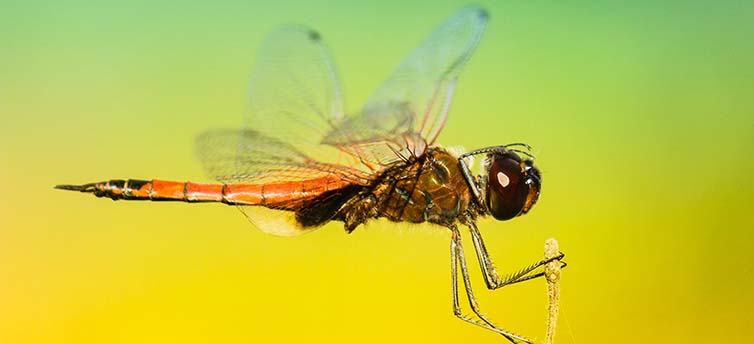The mass of flying insects in parts of Germany has fallen by three-quarters in the last 27 years. Since the territories sampled were all nature reserves in some way protected from pesticides and other disturbance, the implications are alarming: winged insects may be flying to oblivion across much of Europe.
The cost to natural ecosystems and to human economies could be devastating. Insects pollinate 80 per cent of wild plants, feed on species that could otherwise become pests, recycle plant and animal waste, and are themselves food for 60 per cent of birds. One calculation places the value of wild insect pollination at $57 billion a year in the United States.
Vanishing insects
Researchers have already expressed concern about the vanishing numbers of butterflies in parts of Europe, possibly as a consequence of climate change. But the latest study does not distinguish individual species or even groups. It concentrates just on the sheer mass of flying insects in a German growing season.
The research – published in the Public Library of Science journal, PLOS ONE – assembles 1,503 records of winged insects, all caught in a standard field trap, in 63 unique locations in protected areas in lowland Germany during spring, summer and early autumn from 1989 to 2016. The data told a disconcerting story: the average seasonal mass of flying insects declined by 76 per cent in under three decades. At the height of summer, the decline reached 82 per cent.
The decline was consistent regardless of the type of habitat – dunes, heathland, rich and poor grasslands, wastelands, shrub cover and so on – and changes of land use or weather, or shifts in the habitat itself offered no obvious explanation. Researchers have identified reasons that one species, or a group of insects, might be at risk from climate change, perhaps because earlier flowering disrupts the feeding cycle or because the mix of species in an ecosystem changes with rising temperatures.
But there has always been an unspoken assumption that other species or groups of species may be likely to benefit from the change, by extending their range. The study is based on observations made only in one country. However, the finding implies that ecosystems across the whole of Europe could be affected, on a huge scale and at every level.
Downward trend
“As entire ecosystems are dependent on insects for food and as pollinators, it places the decline of insect-eating birds and mammals in a new context. We can barely imagine what would happen if this downward trend continues unabated,” says Hans de Kroon, an ecologist at Radboud University in Nijmegen in the Netherlands, one of the authors.
“The only thing we can do right now is to maintain the utmost caution. We need to do less of the things that we know have a negative impact, such as the use of pesticides, and prevent the disappearance of farmland borders full of flowers. But we also have to work hard at extending our nature reserves and decreasing the ratio of reserves that border agricultural areas.”
A version of this article originally appeared on the Climate News Network







